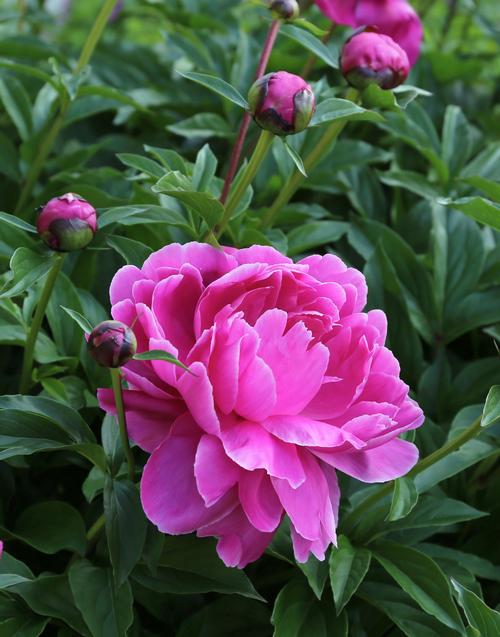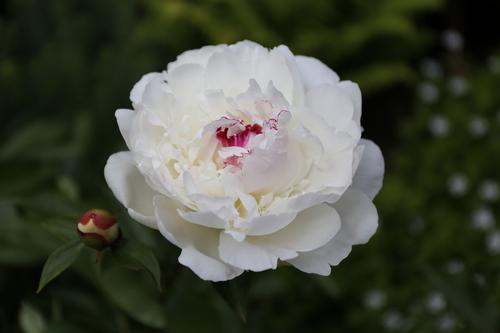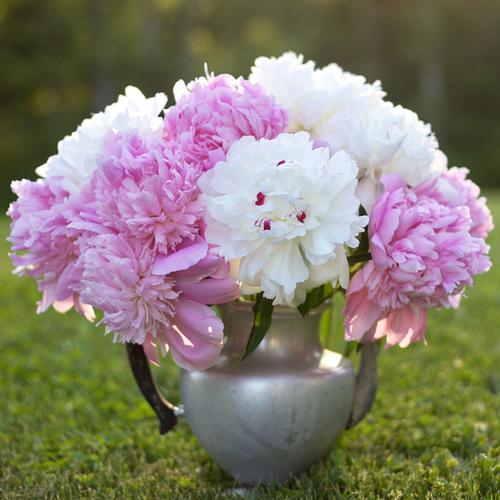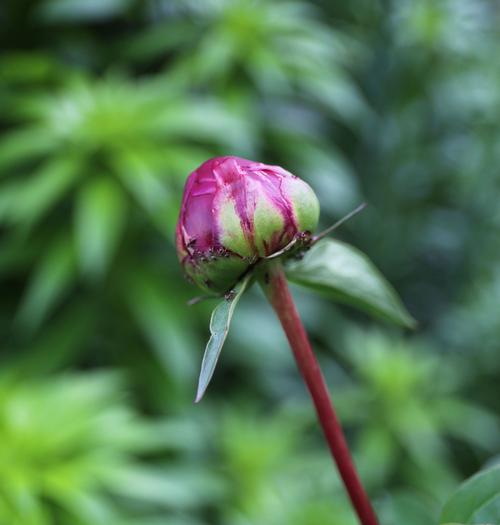How to Be Successful With Peonies
Peonies are one of America’s best-loved perennials. Their lush, early summer flowers are the height of elegance, yet the plants are as tough as nails. If you’re thinking about growing peonies in your yard or garden, here are some tips to help ensure your success.
Be Patient… It’s Worth It!
Peonies are long-lived plants that can thrive for a century or more. When mature, they stand about 3 feet tall and produce as many as 50 flowers each year. But it takes some time for a young plant to get well established. This is because peonies produce an enormous root ball that can measure 3 feet in diameter and weigh well over 80 lbs. It's this infrastructure that enables peonies to produce armloads of flowers as big as bowling balls.
The root system of a peony is not only large, it's also quite different from that of most other perennials. Peonies have two types of roots. Fine, fibrous ones that absorb water and nutrients, and tuberous roots that are as thick your finger and very brittle. The thick ones are actually underground stems with “eyes” that sprout new shoots.

Peonies are usually propagated in the fall. This involves slicing the knobby roots into pieces that contain one or more “eyes.” In the spring, the eyes swell, redden, and eventually sprout into stems.
A newly planted peony will usually spend at least two growing seasons developing a strong root system. During this time the plant may or may not produce flowers. But once there’s a substantial root ball to fuel flower production, you will get more and more blossoms each year.

Don’t Plant the Roots Too Deeply
Since some of a peony’s roots are actually underground stems, it’s important not to plant them too deeply. There should be no more than about an inch of soil covering the upper-most roots. If they are deeper than that, you will get a robust plant, but very few flowers.
During the first growing season, the soil will gradually settle around the newly-planted roots. Sometimes this results in the roots sitting deeper than intended. If this happens, gently lift the roots so they are at the correct level. If you decide to mulch the area, keep the root zone right under the plant bare.

Encourage Good Air Circulation
Peonies are tough plants with few natural enemies. But one disease to which they are susceptible is botrytis. Also known as grey mold, this fungal disease rarely kills, but it can disfigure the foliage, reduce the number of flowers and gradually weaken the plant. Signs of botrytis include blackened buds that fail to open, black spots on the leaves, and young shoots that rot off at ground level. Over time, these blackened areas soften and become covered with grey mold.
Botrytis is unfortunately quite common, especially in cool, damp weather. But plants that are infected one year may show no signs of infection the next year. Prevention is the best way to avoid the problem.
Always plant peonies in full sun and make sure they aren’t crowded by neighboring shrubs or perennials. Years ago, gardeners often planted peonies in a row to create a freestanding hedge. This perfectly suits their need for good air circulation. When possible, it’s best to avoid planting peonies against a building or fence.

Know When and How to Cut the Flowers
Once your peony plants mature, you can cut as many stems as you like. But during the first few years, it’s best to cut just few stems and let the plants retain as much of their foliage as possible. This will give them the maximum amount of energy to bulk up their root system.
When the plants finish blooming, use scissors or sharp pruning shears to cut off the dead blossoms. Try to do this before the seed pods form. Remove the flower as well as about 6” of the stem. This will allow the rest of the foliage to hide the cut stems.
In years when botrytis is a problem, you should cut off and destroy any affected tissues before the mold spores can spread the disease. Otherwise, let the foliage grow until late fall. Once the leaves yellow, cut them off close to the ground. Gather and remove the cut foliage to minimize future disease problems.

Support the Stems
The flowers of double and semi-double peonies are often a little too heavy for their stems – especially when it rains and the blossoms get water-logged. Providing some extra support will help keep your peonies from putting their faces in the dirt.
One option is a peony ring, which is a 12 to 18” diameter metal ring with legs. A cage made from concrete reinforcing wire provides excellent support and the rusty wire quickly disappears under the foliage. Wood or steel stakes are another option. Place a stake on each side of the plant and then use twine to weave a supporting web. With a bit more time, you can also make an attractive and very effective support with bamboo or woven branches.

And What About Those Ants?
Peony buds release a sweet substance that attracts ants. The ants don’t harm the peonies and they have nothing to do with helping the buds open. So do your best to just ignore them! If you are cutting flowers to bring indoors and want to make sure you don’t bring in any ants, you can either shake the flowers upside down or dunk them in a bucket of water.

